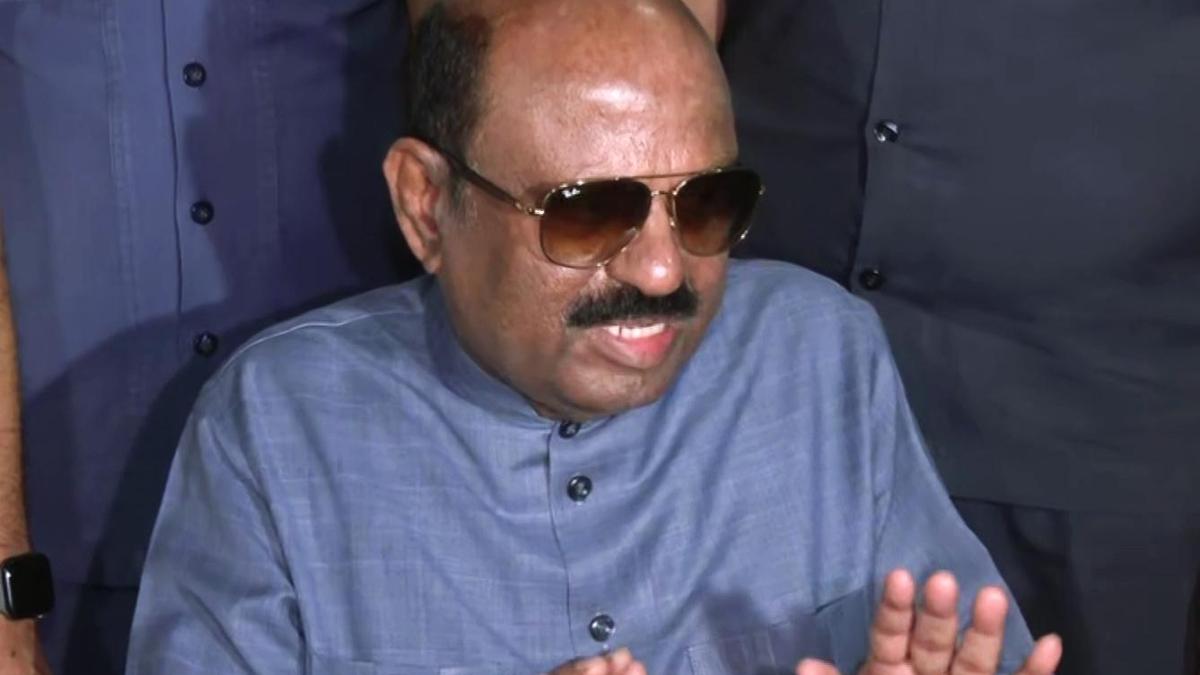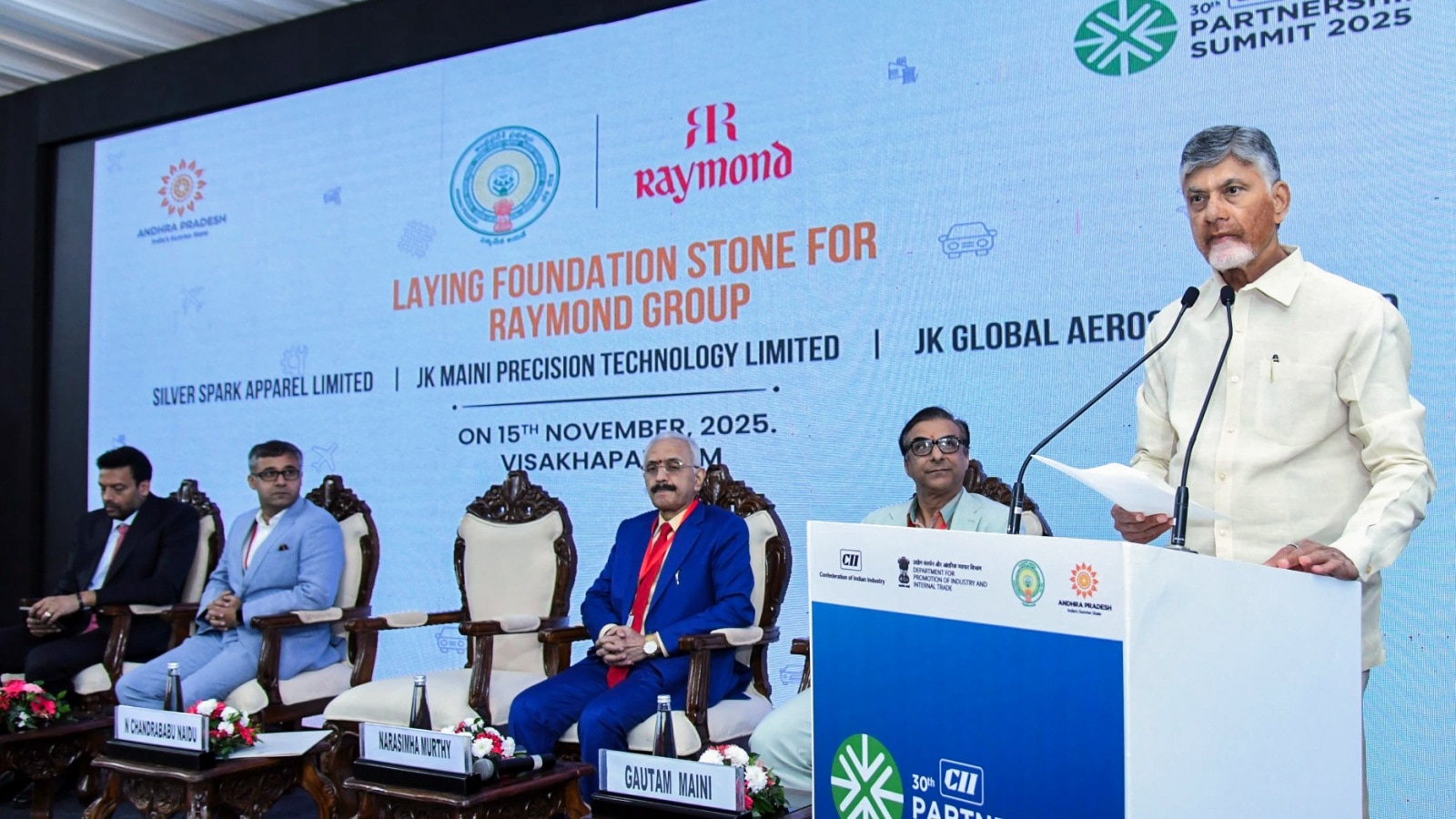The story so far: The World Health Organization (WHO) released its Global Tuberculosis Report 2025 this week which states that TB remains one of the world’s deadliest infections, claiming over 12 lakh lives and affecting an estimated 1.07 crore people in 2024.
Also Read | Tuberculosis incidence falling in India by 21% a year: WHO report
Which countries have a heavy disease load?
In 2024, 87% of the world’s TB patients were concentrated in 30 countries, with the highest rates found in India (25%), Indonesia (10%), the Philippines (6.8%), China (6.5%), Pakistan (6.3%), Nigeria (4.8%), the Democratic Republic of the Congo (3.9%) and Bangladesh (3.6%), the report noted. It added that despite measurable progress in diagnosis, treatment and innovation, persistent challenges in funding and equitable access to care threaten to reverse hard-won gains in the global fight against TB.
Also Read | Global TB funding lags, reaching only a quarter of WHO targets
What does the report state about India?
India has a large volume of TB cases, but TB incidence has dropped by 21% from 237 per lakh population in 2015 to 187 per lakh population in 2024 — almost double the rate of decline observed globally. The Union Health Ministry noted that as per the WHO report, treatment coverage had increased to 92%, placing India ahead of other high-burden countries.
In 2025, Uttar Pradesh has the highest number of TB cases, followed by Maharashtra, Bihar, and Madhya Pradesh. While these States have the highest burden in terms of case numbers, Delhi has the highest TB infection prevalence rate.
COMMENT | India’s path to eradicating tuberculosis
What are the challenges?
In 2020, the government renamed the Revised National Tuberculosis Control Programme (RNTCP) as the National TB Elimination Programme (NTEP) and set for itself the goal to eliminate TB by 2025, five years before the global target of 2030.
India has missed this goal, and the disease continues to impact many, posing serious health, social, and economic challenges. This includes a high burden of drug-resistant TB, weak healthcare infrastructure, especially in rural areas, and socio-economic disparities affecting access to diagnosis and treatment, said a healthcare worker engaged in the TB elimination programme. Other key issues, he added, include supply chain disruptions leading to stockouts (though central authorities have officially refuted claims of a nationwide stockout), a shortage of trained personnel, and social stigma attached to the disease. An article, ‘Stockout of anti-TB drugs: Are we going to lose the gains achieved in year 2022–2023?’, published last year highlighted several problems plaguing the TB eradication programme. It called out the TB drugs stockout in most States which led to patients being forced to skip doses.
How is India bringing down the numbers?
“The Central Government has aggressively worked towards TB elimination starting with extensive screening of vulnerable individuals and setting up the largest TB laboratory network in the world, comprising 9,391 rapid molecular testing facilities and 107 culture & drug susceptibility testing laboratories,’’ said a Health Ministry official. He added that community screening efforts have been enhanced by over 500 AI-enabled hand-held chest X-ray units available across the country, with an additional 1,500 machines being delivered to the States/UTs. Through 1.78 lakh Ayushman Arogya Mandirs across the country, the programme has been able to decentralise services and take TB care closer to communities.
The Ministry has also expanded nutritional support provided to TB patients. The Direct Benefit Transfer (DBT) under the Ni-kshay Poshan Yojana (NPY) was increased from ₹500 to ₹1,000 per month per patient for the entire treatment duration. ASHA workers have been trained to identify early warning signs in TB patients in their areas and refer them to better treatment facilities.
What is the global trend?
The report pointed out that between 2023 and 2024, the global rate of people falling ill with TB declined by nearly 2%, while deaths from TB fell by 3%. The WHO added that timely treatment for TB has saved an estimated 8.3 crore lives since 2000. However, it said that global funding for TB has stagnated since 2020.
In 2024, only $5.9 billion was available for prevention, diagnosis, and treatment, which is just over a quarter of the $22 billion annual target set for 2027, the report said. Funding for TB research also lags, reaching only $1.2 billion in 2023 (24% of the target). In terms of tools to fight TB, the report says that as of August 2025, 63 diagnostic tests were in development and 29 drugs were in clinical trials, up from just eight in 2015. Additionally, 18 vaccine candidates are undergoing clinical trials.

 2 hours ago
5
2 hours ago
5









 English (US) ·
English (US) ·